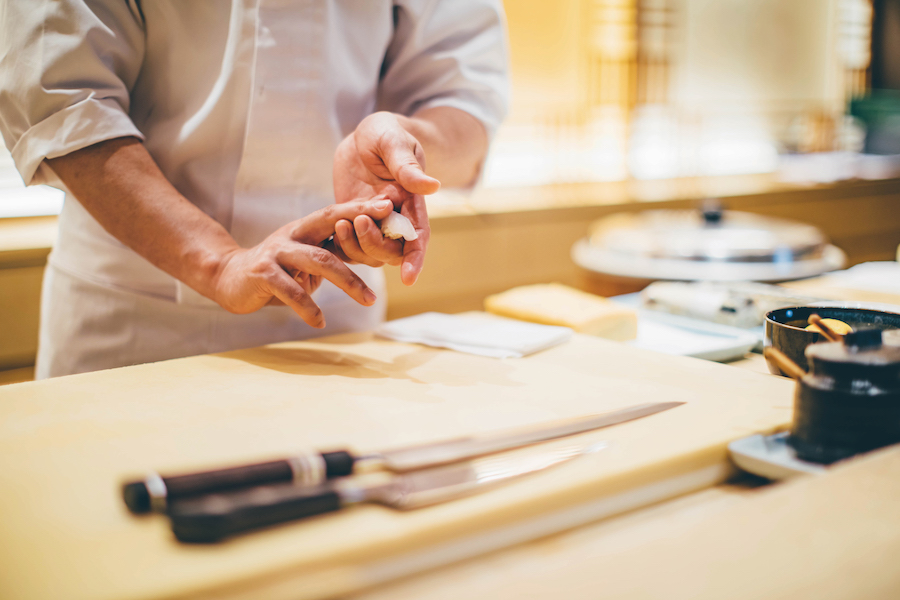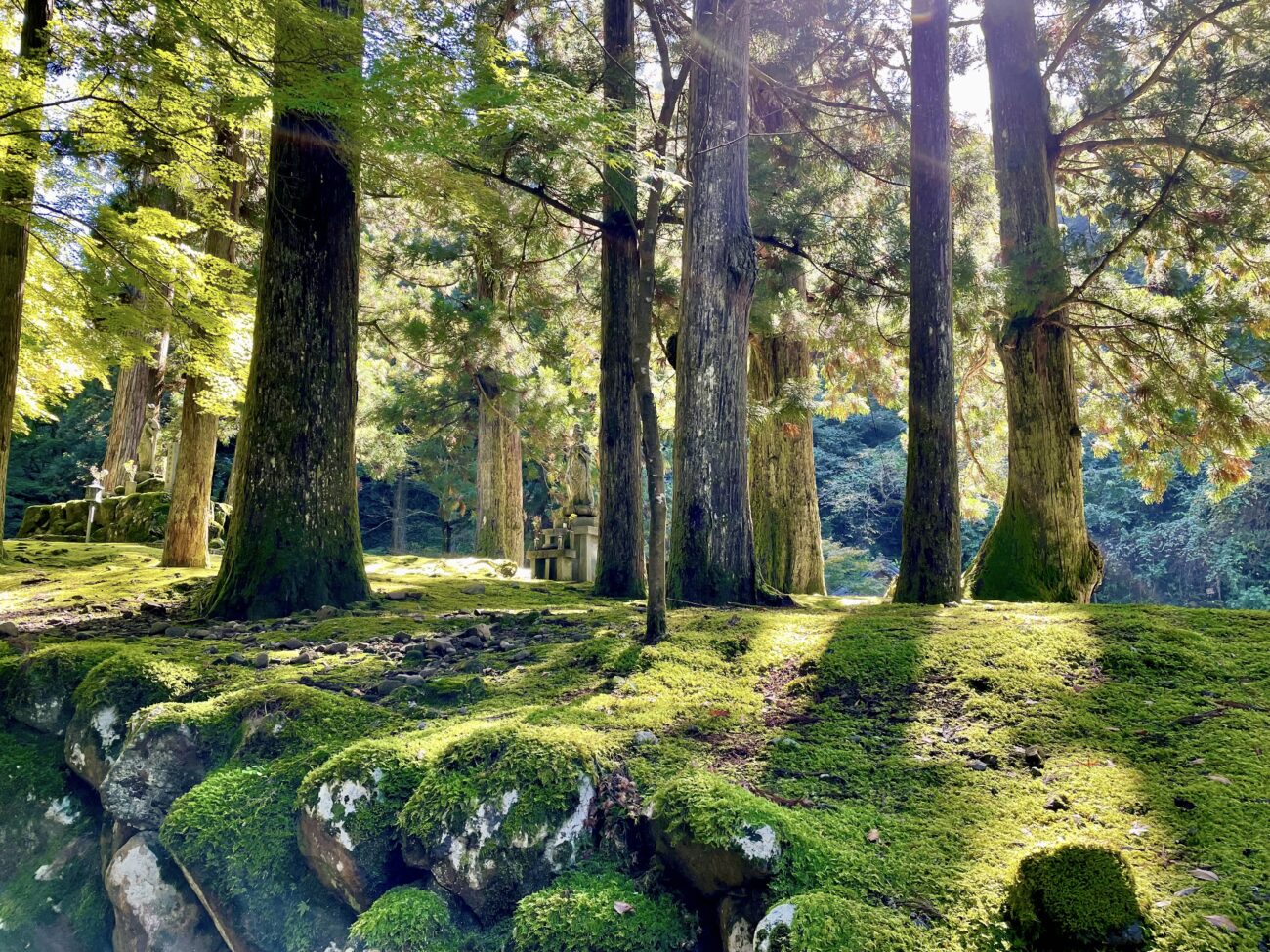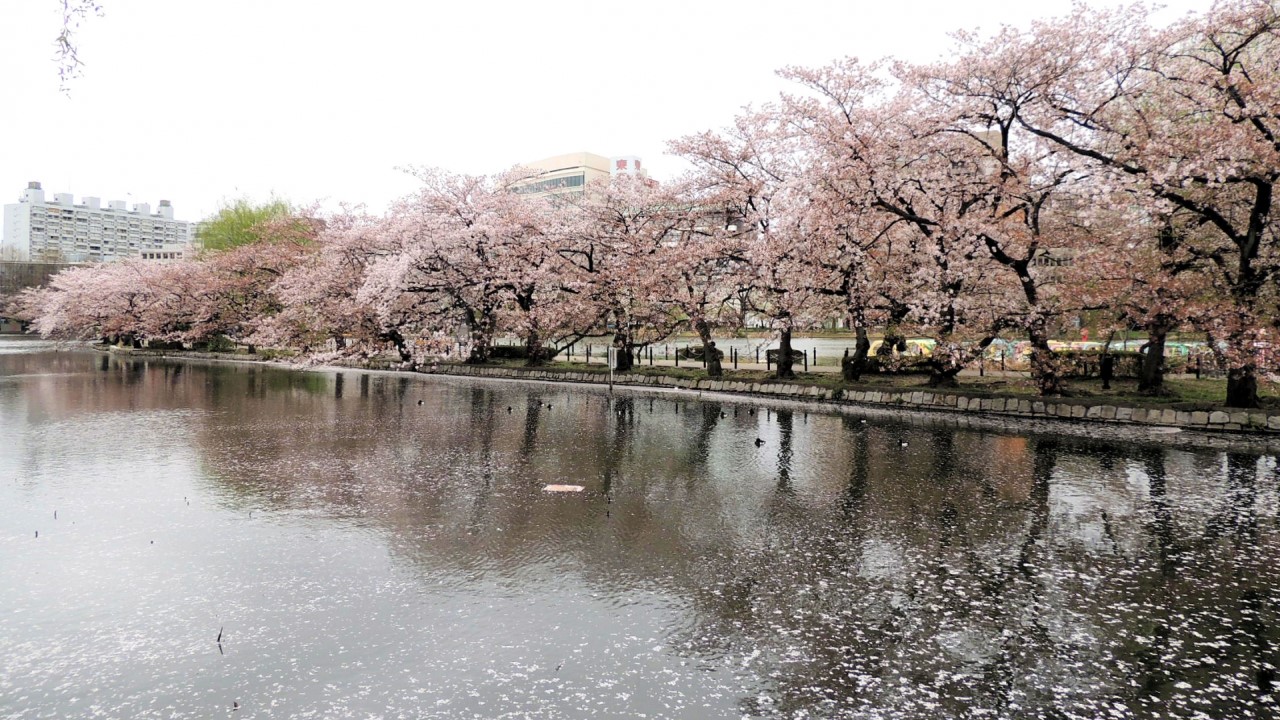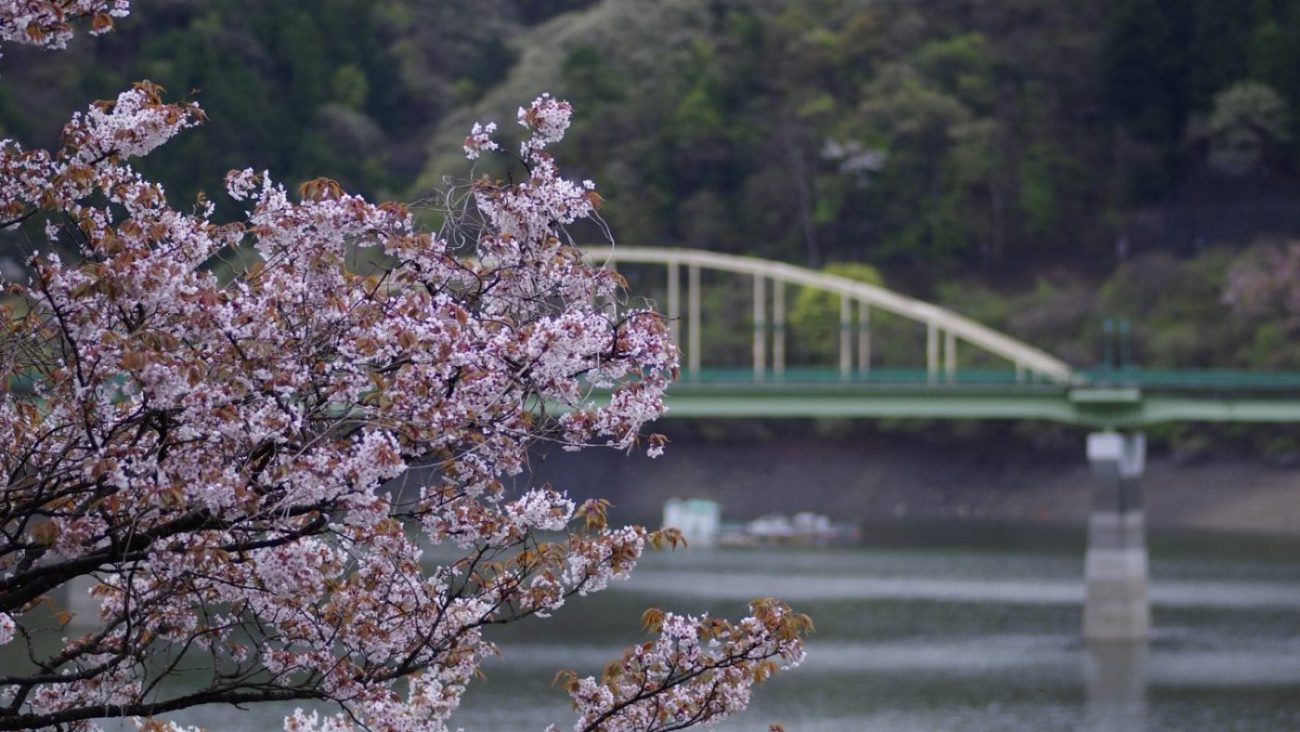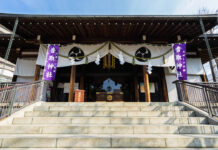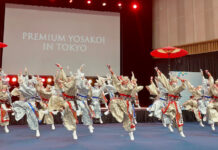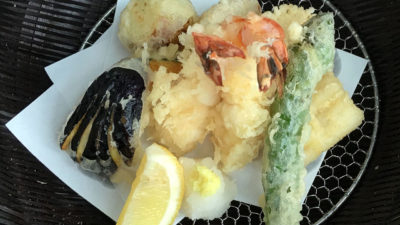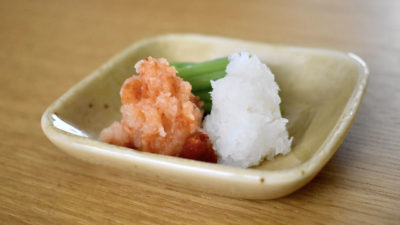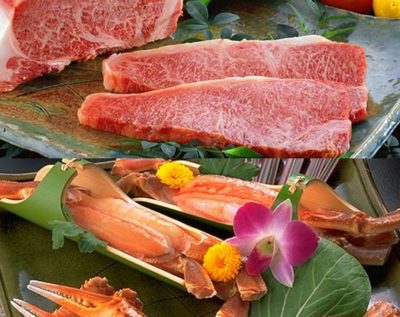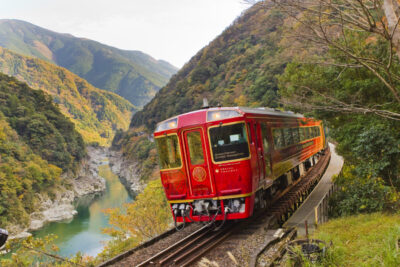No conversation about Japanese food can go without mentioning sushi, since the popularity of this particular seafood dish has made waves around the world.
Sushi update
As mainstream as sushi is within the global vernacular, you would expect it to be the most consistent throughout the years. However, unlike tempura, which has largely stayed the same, the method of eating raw fish has evolved with each generation. In fact, the evolution of sushi started from the Nara period 1,300 years ago. It may surprise many to learn that “sushi” actually refers to fermented food, not raw fish. There are a number of labels used to describe the different kinds of sushi throughout the years. Nigiri-zushi as we know it today — the pink slices of raw fish resting gently on a bed of rice — did not even begin to appear until the 18th century. Before that, raw fish was persevered through fermentation with rice for a about a year and was called nare-zushi.
The Evolution of Sushi: Nigiri-zushi
Many styles of sushi began to make their debut as the process became more and more efficient and widespread such as sasamaki-zushi wrapped in bamboo leaves and norimaki, sushi wrapped in seaweed. Eventually, vinegar started being used in a much faster method and brought about the era of haya-zushi, which is considered to be the original form of nigiri-zushi. The cut fish was cured and packed tightly inside take-out wooden boxes along with rice. The convenience and availability helped make sushi that much more popular, and the number of nigiri-zushi stalls increased dramatically.
The Evolution of Sushi: Edomaeーzushi
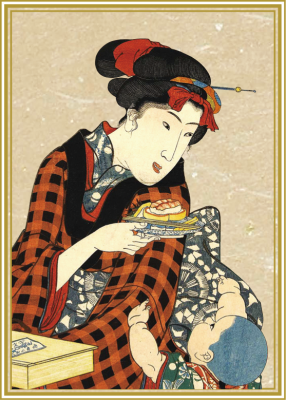
When the 19th century finally came along the sushi market was already going swimmingly, and it spawned an even greater demand in Edo. As a result, the evolution of sushi transformed Edo into a nigiri-zushi city. Ironically, fire partially sparked the explosive growth of raw fish consumption — according to some anecdotal stories. During that time, fires often broke out in Edo and caused a number of buildings to be demolished. As the community gathered on the streets to rebuild the neighborhood, fish was quickly gathered out of the bay and served on balls of rice to workers. To maintain the raw texture without the fish spoiling too quickly, sushi stands would immerse the ingredients in soy sauce or salt and vinegar. Popular toppings, or neta, included sweet boiled conger eel prepared with soy sauce and mirin and tuna rinsed with koikuchi-soy sauce. The lingering influence of rich Edomae-zushi* enjoyed with white rice can still be seen today in some ways in modern sushi as the preferred style of nigiri-zushi. More traditional Edo-style restaurants give customers the option to have their dishes with or without a side dish of soy sauce for that authentic Edo flavor.
*Zushi is the Rendaku pronunciation form of Sushi.
**There are various theories.
Where to get your hands on fresh Edomae-zushi: Kudanshita Sushimasa
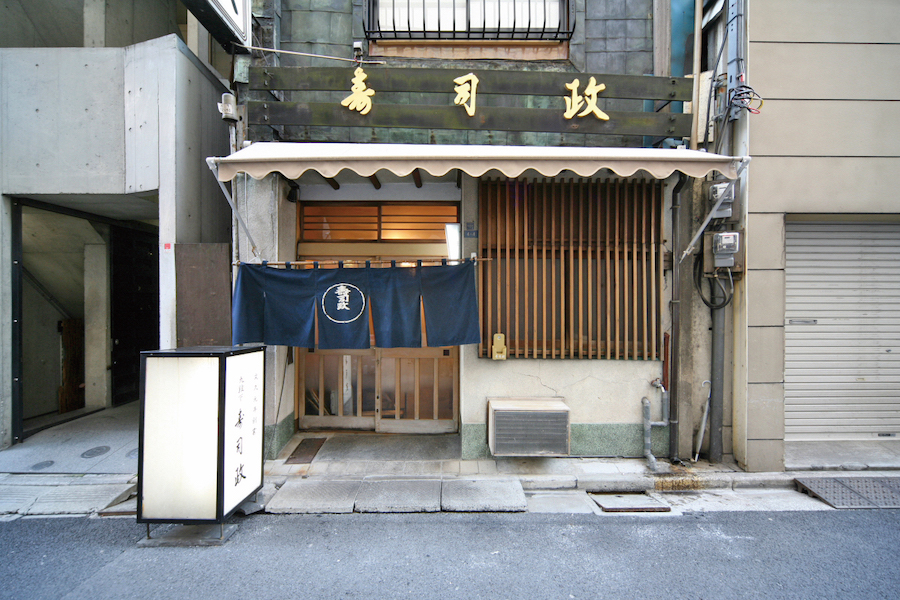
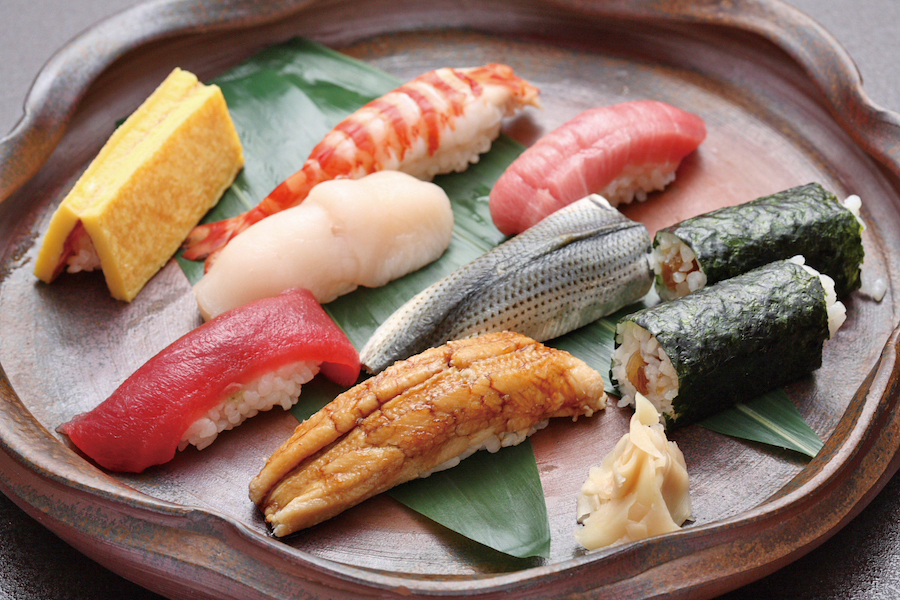
Satisfy your appetite for traditional Edomae-zushi at the elegant Sushimasa in Kudanshita. Unlike many typical modern sushi establishments which prefer a sweeter taste, Sushimasa preserves the flavorfully salty taste of classic Edo sushi rice with its special balance of sugar and salt. Of course, flavor comes from more than just the sum of its ingredients, and here you see how the chef crafts his dishes right at the bar of this cozy Edo-style restaurant. Try their special Shime-Kohada which is marinated in vinegar longer than usual to really bring out the flavor. During our interview with the 4th and 5th lead chefs of Sushimasa, they also recommended their chirashi-zushi, an assortment of chopped sashimi and garnishes over rice, to get a mouthful of Edomae-zushi’s essence in every bite.
Address: 1-4-4, Kudan-minami, Chiyoda-ku, Tokyo
Hours: 11:30am – 2:00pm (L.O.1:30pm) / 5:30pm – 11:00pm (L.O.10:30pm / Mon. – Fri.)/ 5:00pm – 9:00pm (L.O.8:30pm / Sat. Sun. Hols.)
URL: www.sushimasa-t.com/kudan (Japanese)
 0
0

